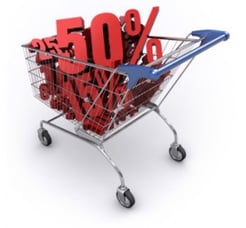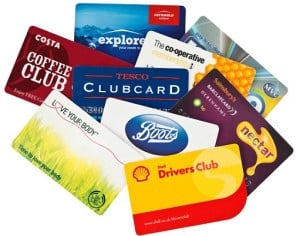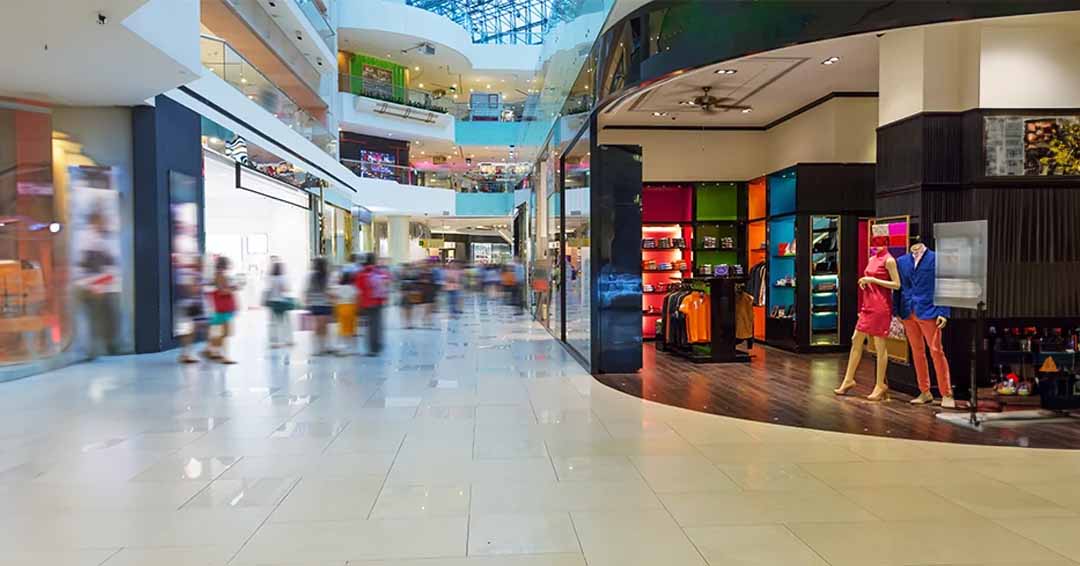
Whether it is at a specialty retailer or department store, on a computer or a mobile device, consumers have many options to choose where to purchase the products they are looking for. In such a highly competitive retail landscape, differentiating your brand and creating competitive advantages is crucial to attract in-store footfall.
According to Nielsen latest research about Global Loyalty Sentiment, loyalty programs can help drive more frequent visits and heavier purchasing. In fact, 72% of respondents for the Nielsen survey agreed that, all other factors equal, they’ll buy from a retailer with a loyalty program over one without.
At CPM we have gathered some interesting figures we found on the survey results around how loyalty programs can influence store choice:
 1. Loyalty programs can help drive more frequent visits and heavier purchasing: 67% of respondents agree that they shop more frequently and spend more at retailers with loyalty programs. A great example on how loyalty programs can increase in-store visits & spending is the latest “Shop & Save” vouchers by Dunnes Stores. With this program, shoppers can get a discount voucher to use in their next store visit according to the amount of money spent in their shop.
1. Loyalty programs can help drive more frequent visits and heavier purchasing: 67% of respondents agree that they shop more frequently and spend more at retailers with loyalty programs. A great example on how loyalty programs can increase in-store visits & spending is the latest “Shop & Save” vouchers by Dunnes Stores. With this program, shoppers can get a discount voucher to use in their next store visit according to the amount of money spent in their shop.
2. Brick-and-mortar retailers are not the only ones benefiting from loyalty-program participation: 66% of global respondents agree they’d shop more at online retailers if these sellers provided loyalty benefits similar to those of traditional in-store retailers.
3. Shoppers appear to love loyalty programs, as 66% of global respondents say they belong to one or more programs. But is important to note that there is often a large gap between the number of programs in which shoppers are signed up and the number in which they actively participate.
4. Financial incentives are the primary reason for participating in loyalty programs: 67% of global respondents who participate in loyalty programs somewhat or strongly agree that they join these programs only to get free products or discounts.
 5. Product discounts are among the most-valued loyalty-program benefits: 62% of European participants agreeing that product discounts are among the three most valued benefits. With the SuperEasy Rewards program of Eurospar, shoppers not only can collect points but they can also redeem special offers available for members only.
5. Product discounts are among the most-valued loyalty-program benefits: 62% of European participants agreeing that product discounts are among the three most valued benefits. With the SuperEasy Rewards program of Eurospar, shoppers not only can collect points but they can also redeem special offers available for members only.
6. Consumers crave flexible loyalty programs: 81% of global loyalty-program participants say it’s somewhat or very appealing to be able to earn rewards regardless of whether a purchase was made in store, on a website or on a mobile device. SuperValu is currently taking its Rewards program, which allows shoppers to collect 1 point for every €1 spent and exchange the points in any SuperValu store or with any of the authorised partners. This gives shoppers the flexibility to use their points on the things that matter to them.
7. Scanning a card in a store is the most common method used in Ireland, with 84%.
8. Recognition as a valued customer is more highly valued in Ireland 20% than in Europe as a whole 10%.
Done well, loyalty programs can help retailers to drive in-store footfall and increase consumer spending. In order to achieve this goal, it’s very important that retailers offer a flexible program rather than executing “mass-segment strategies that aren’t reflective of individuals needs and preferences”1
References:
1 Petr Kriklan, director of retail analytics, Central and Eastern Europe, Nielsen.
http://www.nielsen.com/au/en/insights/reports/2016/get-with-the-retailer-loyalty-program.html


 1 minute read
1 minute read


